Education
Rethinking Public Education
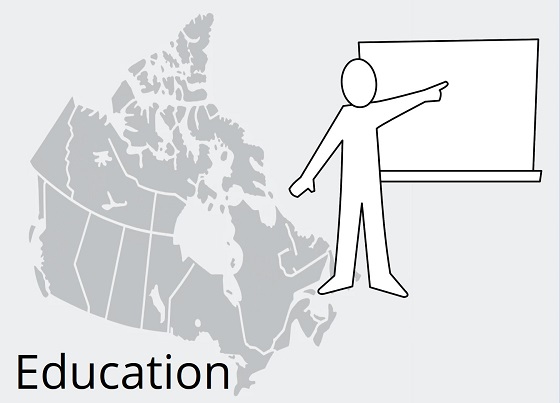
From The Audit
Holding public officials and institutions accountable using data-driven investigative journalism
What should public education accomplish?
On any given school day some six million Canadians between the ages of 5-18 are “locked up” – often against their will – inside K-12 schools. Approximately 2.5 percent of Canada’s gross domestic product is spent on public education. And, using Ontario as an example, that’ll cost more than $30 billion annually, or around 16 percent of the province’s budget.
Society invests heavily in education, and yet no one seems completely satisfied with the results. When was the last time you met an adult of any political stripe who didn’t have an opinion about what’s wrong with schools these days?
This piece was inspired by a comment to my recent Ranking Public Education Efficiency By Province post. That’s where I presented evidence suggesting increased funding would probably not solve the deep, systemic problems casting gloomy shadows up and down the halls of our ministries of education.
The Audit is a reader-supported publication. To receive new posts and support my work, consider becoming a free or paid subscriber.
So is there a better way to do public education? I honestly don’t know. But I do know that it’s unlikely we’ll ever find out if we don’t go back to the very beginning as ask some basic questions. And I also know that I haven’t seen most of these particular questions asked anywhere else:
What should public education accomplish?
How do you plan a trip if you don’t know where you want to go?
We can probably agree that all children should learn the skills they’ll need to live productive and successful lives as adults. And there’s not a lot of controversy in saying that those skills should include competence in reading, writing, and basic mathematics.
We can probably also agree that students should graduate with a healthy civic identity which would include comfort with, and loyalty to our cultural and legal heritage. However, things will get prickly when we try to define exactly what we mean by “identity” and “cultural”. Not to mention “heritage”. How do we decide whose definitions win?
Some will argue that schools should teach only skills and leave values out of the curriculum altogether. In other words, education should be culturally neutral. The biggest problem with that is that teachers aren’t neutral. Having taught high school for 20 years myself, I can tell you that, by design or by accident, a teacher enters the classroom as a complete and unsegmented person. And even the drowsiest, most distracted student senses it.
Some go a step further and advocate for teaching children the “critical thinking skills” they’ll need to make their own value judgments. Well that’s fine if you’re providing only the relevant epistemological, semantic, cognitive, and heuristic tools. But if your “critical thinking” curriculum includes even one values-based answer (see above for “unsegmented teachers”) then, by definition, you’re a propagandist.
What, exactly, is wrong with what we’ve already got?
There’s a lot here about which I simply don’t have enough clarity:
- I’ve read that grade inflation is allowing students to graduate without having mastered the content to which their transcripts attest. But I haven’t been able to find hard data to assess the claims.
- I’ve heard that employers are unsatisfied with the skills and work ethic of the young graduates applying for jobs. But how many employers? And how unsatisfied are they?
- As a (former?) IT system administrator, I’m well aware that large-scale technology adoptions in education environments were, historically, often the product of vendor hype, unreasonable expectations, and precious little serious research. And they often led to outrageous unintended consequences. But I’m no longer sufficiently plugged in to that world to have a sense of whether, on aggregate, technology is helping or harming children (or simply draining budgets).
- I’ve heard that at least some school boards appear to be dominated by extreme politically-driven ideologies. But how many boards are impacted? And how often do those ideologies find their way into classrooms?
- I’ve seen evidence that Ministry-level policy research is relying on poor and debunked scholarship. But has it made a difference with anyone involved with actual classroom teaching? (And how do you measure “debunked”?)
Should control over education policy be centralized?
Curriculum policy in Canada is generally set at the provincial ministry level and politely ignored everywhere else. I’ve already written about that in these pages. But, as discussed earlier, K-12 policy development costs us hundreds of millions of dollars each year across the country.
I’m not sure it’s even possible to impose detailed policy and curriculum guidelines. As a wise man once told me, you can tell them exactly what you want them to say but, with an arched eyebrow or a subtle voice inflection, experienced teachers communicate whatever message they want.
Now, considering how the system is currently funded, it makes perfect sense that elected officials at the provincial level should determine education policy. What makes somewhat less sense is that the policy researchers they hire appear to invest a great deal of energy resisting government “interference” and also refuse to share their research with the public who paid for it.
But, in theory at least, is the current system ideal?
Let me take a step back. What exactly is an education expert whose opinions qualify as authoritative? The issue is complicated by the many popular pedagogical theories that have come and (in some cases) gone over the decades. Those include constructivism, behaviorism, social learning theory, cognitive load theory, multiple intelligences theory, experiential learning theory, connectivism, situated learning theory, Bloom’s taxonomy, and humanistic education.
However I don’t believe that any single one of those – or even a combination – has ever achieved any kind of lasting consensus as they they cycle in and out of popularity. Nor can it be claimed that the policies set by whoever the credentialed experts happen to be have led to consistently satisfying results.
That is certainly not to suggest that the experts’ guidance hasn’t delivered successes over the years, or that they don’t bring value to the table. But, after more than a century’s worth of experiments with centralized educational control, it might be time to try something else.
Are all teenagers best served by mandatory enrollment?
When we acknowledge that no two children have identical needs and potential, it means that we have to be ready to treat them differently. And that’ll involve more than sending some kids to room 310 for their 10:30 class and others to room 315 across the hall. Isn’t it reasonable to wonder whether some teenagers can learn more and transition faster to responsible adult life outside educational frameworks?
Perhaps some truancy and child labour laws need updating.
Do vested interests stand in the way of positive change?
I honestly don’t know enough to have solid opinions on these questions, but they must be asked:
- Are teachers colleges politicized?
- Do the incentives driving powerful teachers unions conflict with students’ needs?
- Are sharply competing visions within ministries of education paralyzing the system (and wasting resources)?
- Should parent-advocates be allowed to interfere with educational professionals doing their work?
- Can every ministry job category still justify its costs – in both budget and institutional friction?
The inexorable inertia of incumbency is also a key player in this story.
What could replace the current model?
Some of the conflicts describe above come down to opposing worldviews. Are you a top-down governance type in whose eyes only “the authorities” have the knowledge and power to manage the lives of their subjects? Or do you see government as the servant of the people, existing only to fill in for the individual when faced with tasks requiring collective action? The worldview checkbox you tick will probably influence the kinds of alternatives you find yourself visualizing.
However, preconceptions shouldn’t be our only consideration. If there’s anything practical you could take away from this post, it’s that we need more serious research. Sure, I know there are good people out there thinking deeply about education policy. I’m far from the first person asking some of those questions.
But I haven’t yet come across any holistic discussion that starts from first principles and, in those terms, seeks to understand exactly what we’ve got and what we’re missing. And it’s only with that knowledge could we hope to build something genuinely new.
Happy 2024-2025 school year!
For a free subscription to The Audit. For the full experience, upgrade your subscription.
Alberta
Parents in every province—not just Alberta—deserve as much school choice as possible

From the Fraser Institute
Not only does Alberta have a fully funded separate (Catholic) school system, it also provides between 60 and 70 per cent operational funding to accredited independent schools. In addition, Alberta is the only province in Canada to allow fully funded charter schools. And Alberta subsidizes homeschooling parents.
This week, the Smith government in Alberta will likely pass Bill 27, which requires schools to get signed permission from parents or guardians prior to any lessons on human sexuality, gender identity or sexual orientation.
It’s a sensible move. The government is proactively ensuring that students are in these classes because their parents want them there. Given the sensitive nature of these topics, for everyone’s sake it makes sense to ensure parental buy-in at the outset.
Unfortunately, many school trustees don’t agree. A recent resolution passed by the Alberta School Boards Association (ASBA) calls on the Smith government to maintain the status quo where parents are assumed to have opted in to these lessons unless they contact the school and opt their children out. Apparently, the ASBA thinks parents can’t be trusted to make the right decisions for their children on this issue.
This ASBA resolution is, in fact, a good example of the reflexive opposition by government school trustees to parental rights. They don’t want parents to take control of their children’s education, especially in sensitive areas. Fortunately, the Alberta government rebuffed ASBA’s demands and this attempt to abolish Bill 27 will likely fall on deaf ears.
However, there’s an even better safeguard available to Alberta parents—school choice. Out of all Canadian provinces, Alberta offers the most school choice. Not only does Alberta have a fully funded separate (Catholic) school system, it also provides between 60 and 70 per cent operational funding to accredited independent schools. In addition, Alberta is the only province in Canada to allow fully funded charter schools. And Alberta subsidizes homeschooling parents. Simply put, parents who are dissatisfied with the government school system have plenty of options—more than parents in any other province. This means Alberta parents can vote with their feet.
Things are quite different in other parts of the country. For example, Ontario and the four Atlantic provinces do not allow any provincial funding to follow students to independent schools. In other words, parents in these provinces who choose an independent school must pay the full cost themselves—while still paying taxes that fund government schools. And no province other than Alberta allows charter schools.
This is why it’s important to give parents as much school choice as possible. Given the tendency of government school boards to remove choices from parents, it’s important that all parents, including those with limited means, have other options available for their children.
Imagine if the owners of a large grocery store tried to impose their dietary preferences by removing all meat products and telling customers that the only way they could purchase meat is to make a special order. What would happen in that scenario? It depends on what other options are available. If this was the only grocery store in the community, customers would have no choice but to comply. However, if there were other stores, customers could simply shop elsewhere. Choice empowers people and limits the ability of one company to limit the choices of people who live in the community.
Think of government school boards as a monopolistic service provider like a grocery store. They often do everything possible to prevent parents from going anywhere else for their children’s education. Trusting them to do what’s best for parents and children is like assuming that the owners of a grocery store would always put the interests of their customers first and not their own self-interest. Monopolies are bad in the private sector and they’re bad in the education sector, too.
Clearly, it makes sense to require schools to get proactive consent from parents. This ensures maximum buy-in from parents for whatever courses their children take. It’s also important that Alberta remains a bastion of school choice. By making it easier for parents to choose from a variety of education options, Alberta puts power in the hands of parents, exactly where it belongs. Parents in other provinces should want that same power, too.
Alberta
Province investing in support for financial literacy in schools

Financial literacy prepares students for their futures
Students across Alberta will build the fundamental life skills they need to grow into adulthood through support for financial literacy programming.
Saving, budgeting, investing and the ability to make wise financial decisions are fundamental life skills Alberta’s youth need to develop as they grow into adulthood. Alberta’s government is ensuring that students have every opportunity to develop these fundamental life skills by integrating financial literacy into the K-12 curriculum and providing grant funding to three Canadian organizations to offer dedicated financial learning resources for students and teachers.
“We are proud to support financial literacy programming for students. Our on-going support for financial literacy education will help young Albertans navigate their futures with confidence by helping them build the fundamental life skills they need to prosper and secure their futures in today’s fast-moving world.”
In May 2022, Alberta’s government invested $5 million over three years into financial literacy programming to ensure students have the financial knowledge they need to thrive in life. Enriched Academy receives $900,000 per year and the Canadian Foundation for Economic Education receives $500,000 per year to provide students in grades 5 to 12 with financial literacy programming, aligned with the curriculum, to improve their financial knowledge. In addition, Junior Achievement receives $250,000 per year to provide hands-on, experiential financial literacy, work readiness and entrepreneurship education to students in kindergarten to Grade 6.
“Our support for financial literacy programming will set Alberta’s youth up for success. This programming will ensure that Alberta’s youth develop the fundamental life skills they need to manage their personal finances, make sound financial decisions, and grow into adulthood with confidence.”
Free financial literacy webinar
Some of the funding provided will support Enriched Academy hosting a free live webinar for grades 4 to 12 students and teachers on Tuesday, November 26, as part of their financial literacy programming. The webinar will teach students how to build their credit with confidence and will feature an interactive gameshow format to engage and motivate students to learn how credit works and how to manage credit and their personal finances with confidence. Students and teachers who are interested in participating can register for the webinar online.
“Our partnership with the Government of Alberta has enabled us to deliver transformational financial literacy education to nearly six hundred thousand students across the province. As a high school teacher, I’ve witnessed firsthand how financial literacy education empowers students, increasing their confidence in money management and preparing them to be financially responsible. Investments in financial literacy are investments in our students’ futures, and I’m already seeing it pay dividends for Alberta students.”
Teachers can also access lesson plans, activities, and interactive tools from all three organizations’ websites to support financial literacy learning outcomes in Alberta’s curriculum.
Quick facts
- Financial literacy programming offered by the three organizations reaches more than 350,000 students annually.
- Alberta’s renewed K-6 curriculum includes an increased emphasis on financial literacy skills, as well as a stronger foundation in financial literacy in all grades.
Related information
-

 Alberta16 hours ago
Alberta16 hours agoProposed $70 billion AI data centre in MD of Greenview could launch an incredible new chapter for western Canadian energy
-
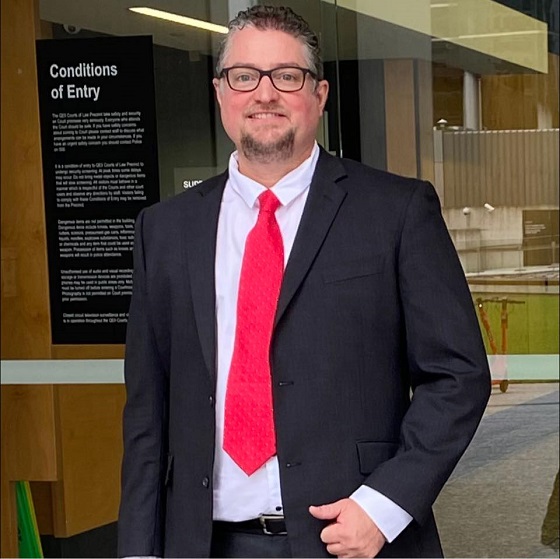
 COVID-192 days ago
COVID-192 days agoAustralian doctor who criticized COVID jabs has his suspension reversed
-

 Business2 days ago
Business2 days agoMassive growth in federal workforce contributes to Ottawa’s red ink
-
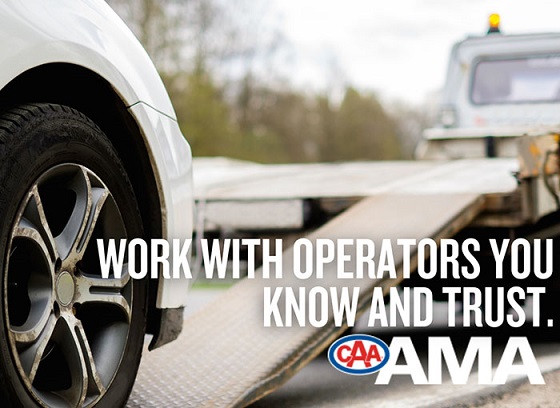
 Alberta12 hours ago
Alberta12 hours agoYour towing rights! AMA unveils measures to help fight predatory towing
-
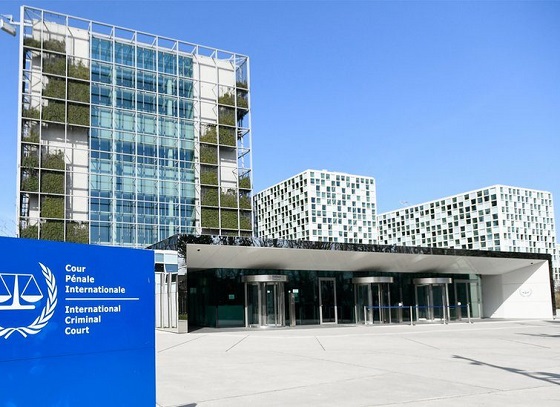
 Frontier Centre for Public Policy2 days ago
Frontier Centre for Public Policy2 days agoFalse Claims, Real Consequences: The ICC Referrals That Damaged Canada’s Reputation
-
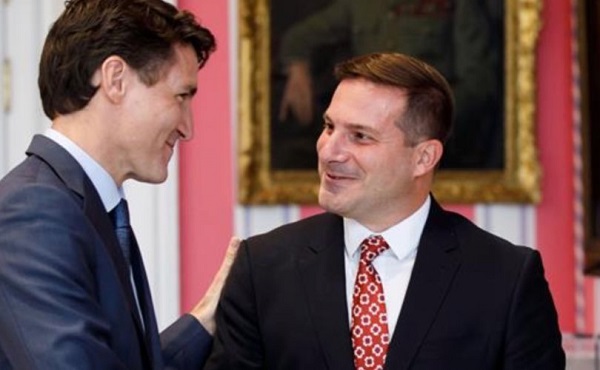
 COVID-191 day ago
COVID-191 day agoFormer Trudeau minister faces censure for ‘deliberately lying’ about Emergencies Act invocation
-
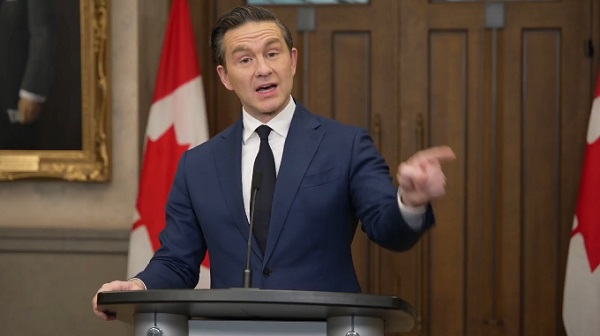
 National1 day ago
National1 day agoWhen’s the election? Singh finally commits. Poilievre asks Governor General to step in
-
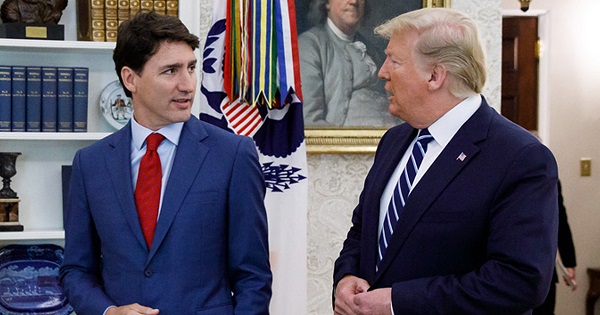
 Alberta4 hours ago
Alberta4 hours agoFord and Trudeau are playing checkers. Trump and Smith are playing chess





